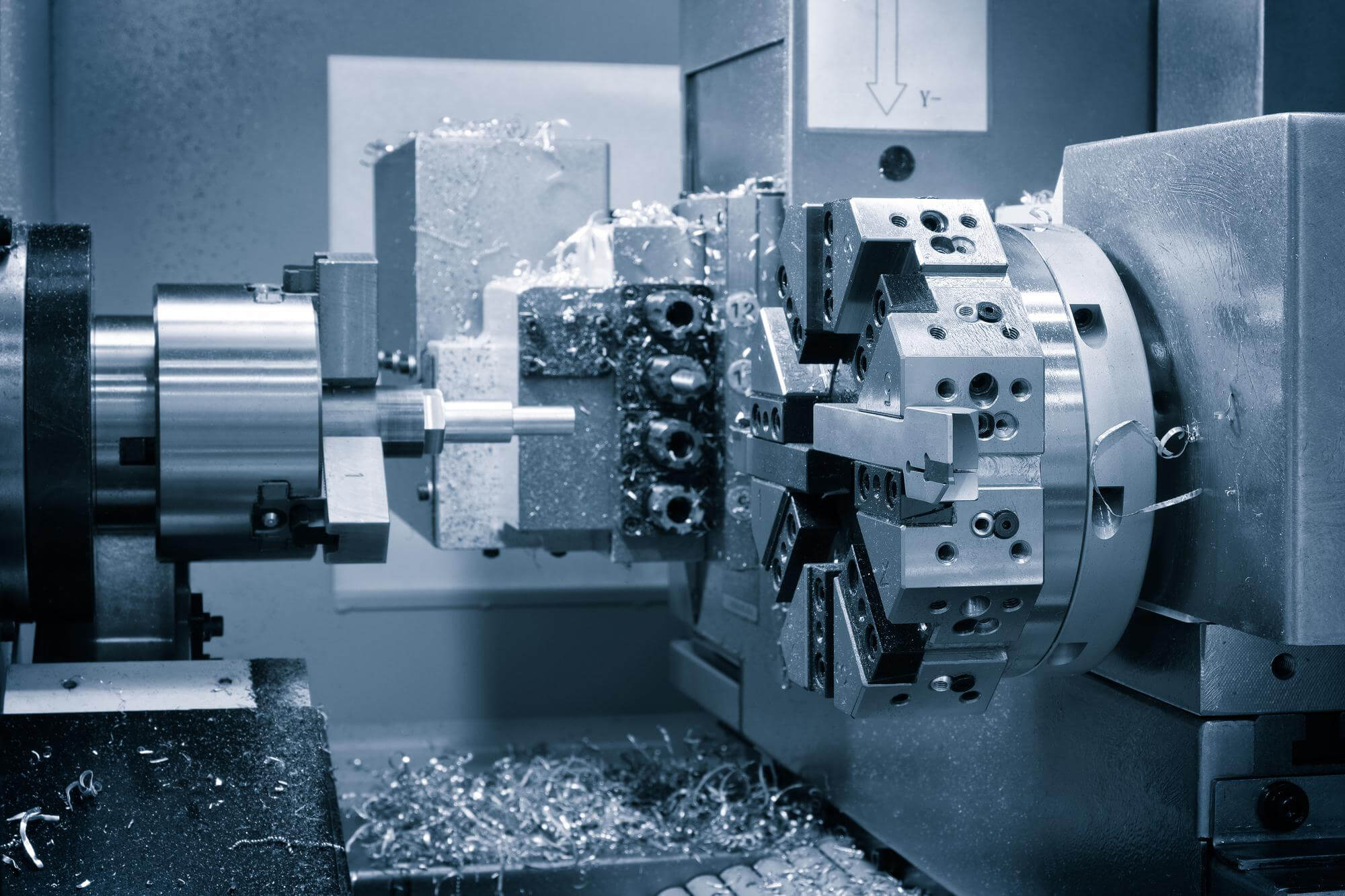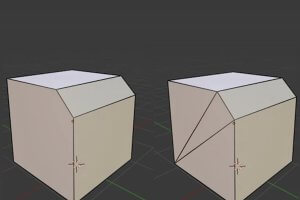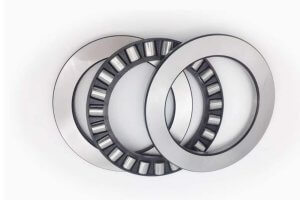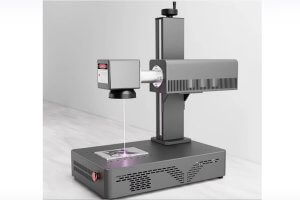Understanding Structural Manufacturability
Structural manufacturability of parts refers to the feasibility and economic efficiency of manufacturing the designed parts while meeting the requirements. Good structural manufacturability means that parts can be conveniently manufactured under existing process conditions at a lower cost. This not only saves resources but also minimizes unnecessary complications during actual operations.
Analysis and Review of Product Assembly and Part Drawings
When formulating process procedures, the primary task is to carefully analyze the part drawings. These drawings are the main source of information for creating process procedures. To deeply understand the structural features and technical requirements of the parts, it’s also necessary to study the product’s general assembly drawings, sub-assembly drawings, and acceptance standards. This helps understand the functions of the parts, their fit with related parts, and the basis for setting the main technical requirements. Through process analysis of the parts, any issues can be identified and modifications can be proposed, which is crucial for formulating reasonable process procedures.
Key points in the analysis of part drawings include:
- Dimensional accuracy: Whether the dimensions of each surface of the part meet the accuracy requirements.
- Shape accuracy: Whether the shape of the part meets the design requirements.
- Positional accuracy: Whether the positional relationships between different parts are precise.
- Surface roughness and quality: Whether the surface smoothness and quality requirements are met.
- Heat treatment and other requirements: Such as dynamic balance and other special requirements.
The purpose of analyzing the technical requirements of parts is to identify the main surfaces of the parts, thereby determining the machining methods and process measures for these surfaces. Additionally, it is necessary to check the rationality of the technical requirements. If any errors or omissions are found in the views, dimensions, or technical requirements on the drawings, modification suggestions should be proposed. However, modifications must be agreed upon by the designers and go through certain approval procedures.
Analysis of Structural Manufacturability of Parts
Measurement Criteria
The manufacturability of mechanical product structures should be considered from the following aspects:
- Total number of parts: Fewer parts, more standard parts and mature parts are better.
- Average precision of mechanical parts: Lower precision is better.
- Material usage: Less and cheaper materials are better.
- Proportion of various manufacturing methods: Using non-cutting processes and cost-effective processing methods is better.
- Complexity of product assembly: Parts without additional processing and adjustment are better.
Design Considerations
To improve the machinability of parts, the following points should be noted in structural design:
- Feasibility and convenience of processing: The machined surfaces should facilitate tool entry and exit.
- Economic rationality of dimensional accuracy and surface roughness: Weight should be reduced as much as possible, the area of machined surfaces should be minimized, and internal surface machining should be minimized.
- Positional requirements of surfaces: Surfaces with mutual positional requirements should be machined in a single setup whenever possible.
- Simplification of machined surface shapes: Surfaces should be arranged on the same plane or axis to reduce tool adjustments and passes, thus improving efficiency.
- Standardization of structural elements: Sizes should be standardized, and standard tools and gauges should be used to reduce the variety of tools and gauges and the frequency of tool changes.
Considerations in Blank Manufacturing
Design of Castings and Forgings
- Castings: Wall thickness should be uniform to facilitate molding.
- Forgings: Shapes should be simple to facilitate die release.
Assembly Considerations
Parts should be designed to facilitate assembly and reduce the need for adjustments. For example, adding process flanges or holes for clamping can facilitate screw or pressure plate clamping, as well as lifting and handling.
Machining Considerations
Reasonable marking of the technical requirements of parts can facilitate installation and machining, improving machining quality and production efficiency. For example, surfaces that do not require machining should not be designed as machined surfaces, and surfaces with low requirements should not be designed with high accuracy and low surface roughness, as this would increase costs.
Reasonable Determination of Technical Requirements for Parts
Application of Standardized Parameters
Standardized parameters should be used as much as possible, such as hole diameters, taper, thread diameters and pitches, gear modules and pressure angles, arc radii, and groove dimensions. This allows the use of standard tools, clamps, and gauges, reducing the design and manufacturing cycle and cost of special fixtures.
Use of Standard Parts and Profiles
Standard parts such as screws, nuts, bearings, washers, springs, and seals should be used as much as possible. Standard profiles should be used for blanks whenever they meet the usage requirements. This reduces the workload for blank manufacturing, and since profiles have good performance, it can reduce machining time and save materials.
Reasonable Dimension Marking
- Mark dimensions in the order of machining to minimize dimension conversions and allow for easy and accurate measurement.
- Mark dimensions from actual and easy-to-measure surfaces, and during machining, the process datum should coincide with the design datum as much as possible.
- Non-machined surface positions should be directly marked, and there should be a link dimension between machined and non-machined surfaces.
Convenience in Structural Design of Parts
Ease of Installation
Parts should be designed for easy installation, accurate positioning, and reliable clamping. For example, adding process flanges or holes for clamping on large flat plate parts can facilitate screw or pressure plate clamping and make lifting and handling easier.
Reducing Machined Area
Designing the base surface of supports to be concave can reduce the amount of machining required, thus reducing tool and material consumption and ensuring good fitting during assembly.
Reducing Setup Times
Parts should be designed to minimize the number of setups, reducing installation errors and auxiliary time, improving cutting efficiency, and ensuring accuracy. For example, designing bosses of different heights to be the same height allows them to be machined in one pass, improving productivity and ensuring accuracy.
Hole Design
The axis of holes should be perpendicular to the inlet and outlet end faces, avoiding drilling on curved or inclined surfaces to improve productivity and ensure accuracy.
Standardizing Features like Relief Grooves, Transition Arcs, Tapered Surfaces, and Keyways
Similar features on the same stepped shaft should be unified as much as possible to reduce the variety of tools and tool changes, saving auxiliary time.
Example Data Table
Below is a simplified data table example for analyzing part manufacturability:
| Item | Requirement or Feature | Optimization Measures |
|---|---|---|
| Dimensional Accuracy | High precision | Use high-precision machining equipment and processes |
| Surface Roughness | Low roughness | Use fine machining and polishing processes |
| Material Consumption | Low | Optimize design to reduce unnecessary material waste |
| Manufacturing Methods | High proportion of non-cutting processes | Prefer forming, casting, and other non-cutting processes |
| Assembly Complexity | Simple | Design easy-to-assemble structures, reducing assembly steps |
| Standard Part Usage Rate | High | Use standard parts to minimize the use of custom parts |
| Setup Times | Few | Optimize process flow to reduce setups and adjustments |
Other Articles You Might Enjoy
- Analysis of Part Structural Manufacturability
Part structural manufacturability refers to the feasibility and cost-effectiveness of manufacturing a designed part while meeting the required standards. Designing a part that is easy to manufacture and cost-effective is…
- Requirements for CNC Machining Parts
Preparation Work Complete the necessary preparation before machining, including process analysis, process route design, tool and fixture selection, and program compilation. online cnc machining service Operating Steps and Contents Start…
- What are the requirements for CNC machining of bearing parts?
Bearings are common and important parts in the automotive industry, which can support transmission components and transmit torque. Generally, CNC machining centers are used to process bearing parts. So what…
- Reaming Process for Stainless Steel Parts
The reaming process for stainless steel parts involves the following steps: Tool Geometry Design Most reaming of stainless steel materials uses carbide reamers. The structure and geometric parameters of these…
- Unraveling the World of CNC Machined Plastic Parts(CNC machined plastic parts Mabel)
Modern innovations have taken traditional manufacturing methods to new heights. One such innovation that stands out is Computer Numerical Control (CNC) machining, a process used extensively in various industries from…
- Enhancing CNC Machining with Smart Alloys: Shape Memory Metals vs. Traditional Alloys
Introduction to CNC Machining Computer Numerical Control (CNC) machining stands as a cornerstone in modern manufacturing, enabling the precise and automated shaping of materials. This technology relies heavily on the…









